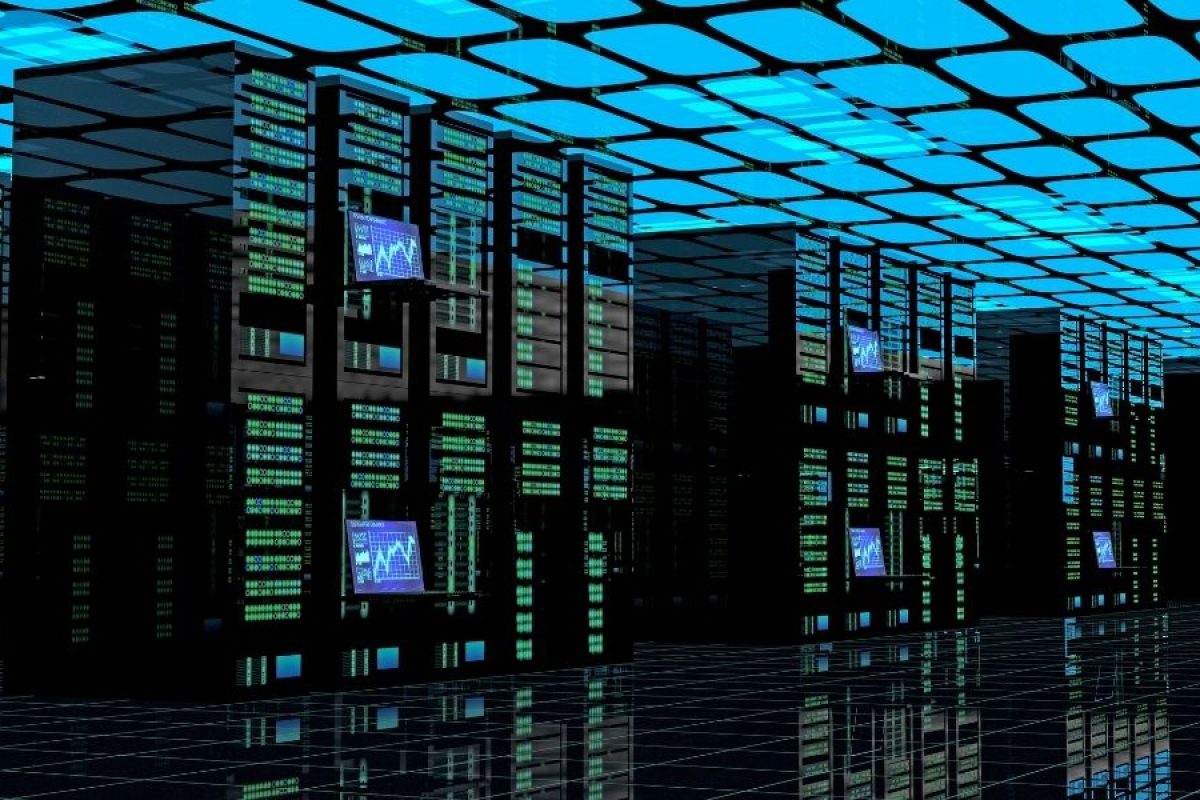In today’s digital world, data centers are the backbone of businesses and organizations’ IT infrastructure. These facilities, which host large-scale applications and ensure the secure storage and processing of data, must be meticulously designed for uninterrupted operation. So, how can a high-performance data center be built? Here are the critical points to consider.
1. Choosing the Right Location
The first and most crucial step in data center construction is location selection. The right location enhances energy efficiency, protects against natural disasters, and ensures high-speed internet access.
Key Factors in Location Selection:
- Climate Conditions: Cold climate regions provide natural cooling, reducing energy consumption.
- Natural Disaster Risk: Avoid areas prone to earthquakes, floods, and hurricanes.
- Power Infrastructure: A strong electrical grid and uninterrupted power sources must be available.
- Connectivity Options: Areas with high-bandwidth internet providers should be preferred.
2. Power and Energy Management
One of the biggest cost factors for a data center is energy consumption. Power management is critical to achieving high performance.
Strategies for Efficient Energy Use:
- Uninterruptible Power Supply (UPS): UPS and generator systems must be installed to prevent sudden power outages.
- Use of Renewable Energy: Alternative sources such as solar and wind energy should be considered.
- Optimizing PUE (Power Usage Effectiveness): The PUE value, which measures energy efficiency, should be kept low.
3. Cooling and Climate Control Systems
Data centers generate significant heat due to high processing power. Therefore, efficient cooling and climate control systems are essential for optimal hardware performance.
Effective Cooling Methods:
- Hot and Cold Aisle Containment: Directing airflows reduces energy consumption.
- Free Cooling: Using outside air in cold climates helps lower energy usage.
- Liquid Cooling Technologies: More energy-efficient than traditional air cooling solutions.
4. Network and Connectivity Infrastructure
A high-performance data center requires fast and reliable network infrastructure. Components must provide high-speed and low-latency data flow.
Key Considerations for Network Infrastructure:
- High Bandwidth: A minimum of 10 Gbps connection speed should be targeted.
- Fiber Optic Cabling: Ensures lower latency and high data transfer speed.
- Redundant Internet Providers: Multiple ISPs should be utilized for uninterrupted connectivity.
5. Physical and Cybersecurity Measures
Data centers store and process sensitive data, so top-tier security measures must be implemented.
Physical Security Measures
- Access Control: Unauthorized access should be prevented using biometric scanning, smart cards, and surveillance cameras.
- Fire Suppression Systems: Non-damaging systems like FM200 or argon gas should be used.
- Earthquake and Disaster Resilience: The facility should be resistant to seismic activity.
Cybersecurity Measures
- Strong Firewall and IDS/IPS Systems: Prevent unauthorized access and cyberattacks.
- Data Encryption: End-to-end encryption should be used to secure sensitive data.
- DDoS Protection: A strong security firewall should be in place to counter high-traffic attacks.
6. Redundancy and Disaster Recovery Planning
A data center’s uninterrupted operation is crucial for service quality. In case of system failure or disaster, backup and recovery plans must be in place.
Strategies for High Availability
- Tier Levels: The data center should be built to at least Tier III standards.
- Geographical Redundancy: Backup data centers should be established in different locations.
- Automated Backup Systems: Daily, weekly, and monthly backup policies should be implemented.
7. Data Center Management and Monitoring
Efficient data center operations require real-time monitoring and management systems.
Technologies Used in Data Center Management:
- DCIM (Data Center Infrastructure Management) Software: Monitors all systems’ performance to enhance energy efficiency.
- IoT Sensors: Continuously analyze temperature, humidity, and power consumption.
- AI-Based Optimization: Uses AI tools for energy management and fault detection.
Conclusion
Building a high-performance data center requires careful consideration of location selection, power management, cooling systems, and security measures. With proper planning and the integration of cutting-edge technologies, a reliable, efficient, and uninterrupted service-ready data center can be established.
If you want to build an advanced, secure, and optimized data center, you can achieve your project goals by seeking expert teams and the latest solutions.
